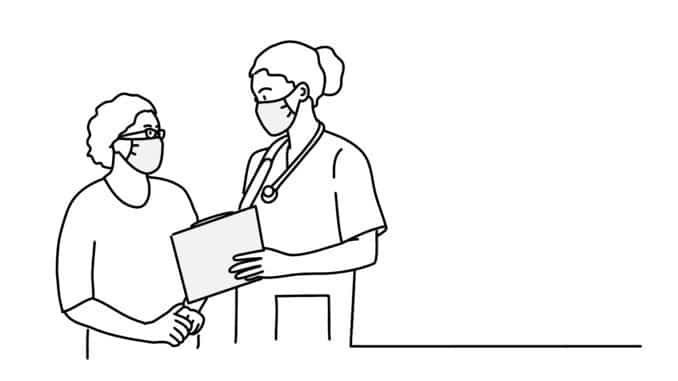
Helen Simmonds, PCC advisor, argues that there has never been a better time to revisit your estates strategy
‘Bursting at the seams’ is a phrase that we regularly hear when talking about our primary care premises. With the delivery of primary medical contracts, the increasing number of roles through the additional roles reimbursement scheme, and plans to deliver care closer to home the pressure on our primary care estate is ever-increasing.
All too often the conversations about the premises to deliver care come way after the planning and redesign of services – which quickly leads to the realisation that our buildings are not suitable.
The reality is that we need a modern, fit-for-purpose, primary care estate to enable the delivery of primary care medical services in a clean, secure, compliant environment for both patients and primary care teams. However, there isn’t a pot of gold at the end of the rainbow for primary care premises, so why even bother setting out your estate’s needs for the future?
Because ………
In order to deliver the primary care network (PCN) clinical vision and operating model there needs to be a fundamental understanding of the existing estate portfolio; its condition, utilisation, future flexibility and ability to support the delivery of patient care. Our estate is an essential component in patient care; we need to understand what we have now, and what we are likely to need in the future.
So how do we do this?
There are several helpful guides and support tools to help you through the process. The National Association for Primary Care, in conjunction with Community Health Partnership, produced a guide in 2020 which sets out the aspects you need to consider as part of your estate plan. What you need to think about can be broadly covered by five key questions:
- What is the current estate position?
- How will services be provided in the future?
- What are the estates implications of the clinical strategy and PCN vision?
- What options would meet service requirements and estates gaps?
- What is the implementation plan?
As well as the guide there is also a toolkit available; again, developed by NAPC and CHP, the toolkit has been designed to utilise data and analysis already gathered via the primary care data gathering programme (PCDG) and live local datasets held on the SHAPE PCDG Atlas. Each PCN can request a pre-populated version of the templates with their local SHAPE data embedded to provide a good starting point.
Further information on the toolkit can be found here https://shapeatlas.net/pcntoolkit/. Access to the toolkit is freely available via a simple registration process which enables the download of the generic templates and guidance notes.
If you are interested in discussing how PCC can support you with developing your estates strategy please contact [email protected].
PCC is a not-for-profit social enterprise that provides trusted, practical support to health and social care including training, development and advisory services.




Be the first to comment